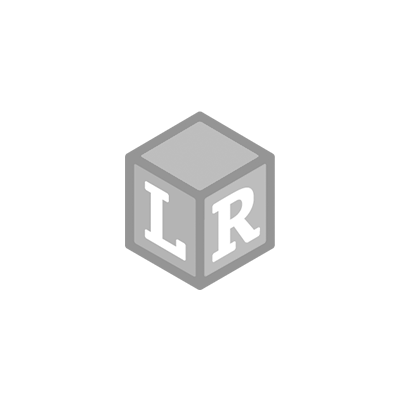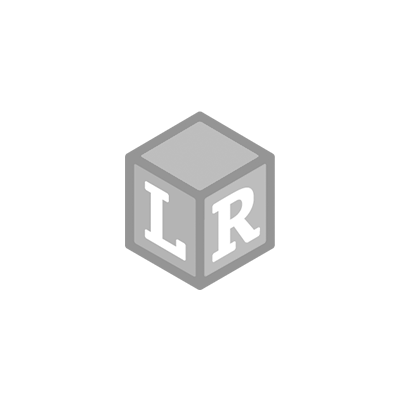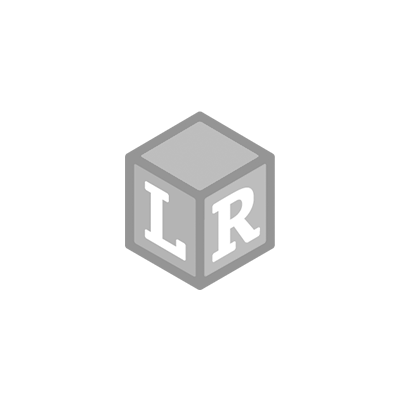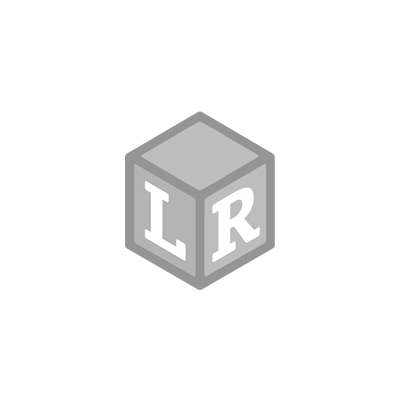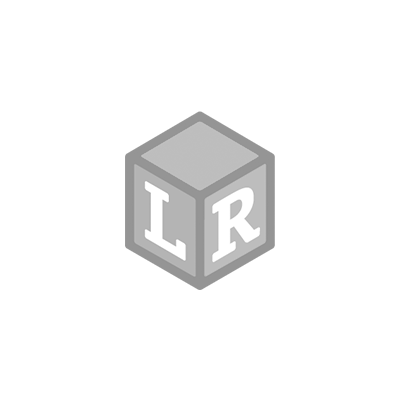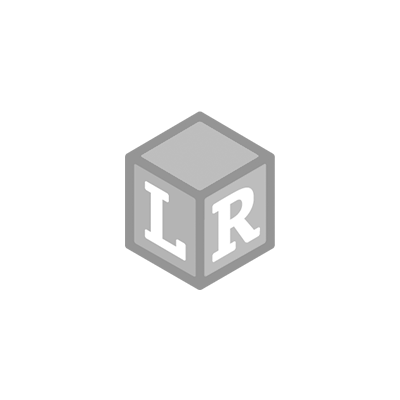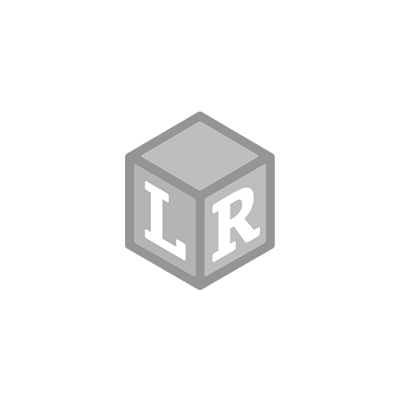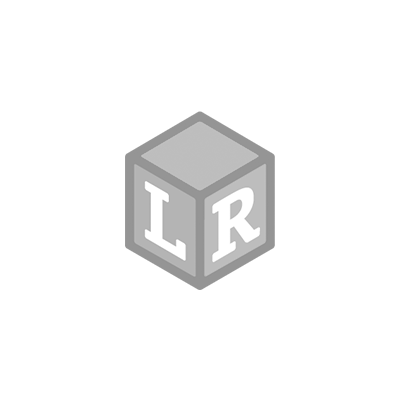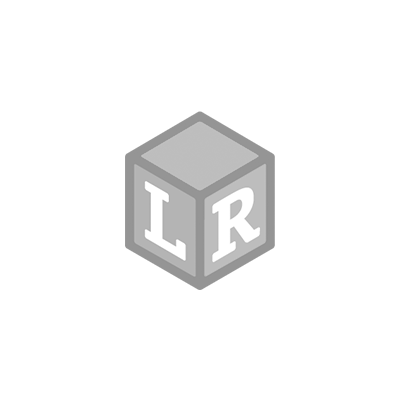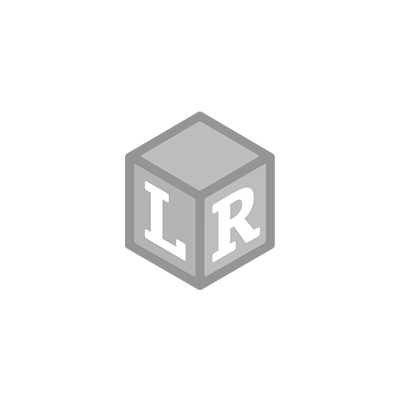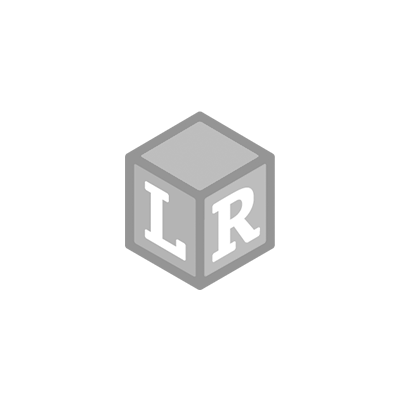A lot of fun art projects have a specific end product in mind, like the mini piñata craft and bubble wrap craftsI’ve previous shared with our readers. But sometimes it’s wonderful to offer your children a craft that’s open-ended, so they can enjoy the process of creating, without focusing on the finished product.
This craft is a favorite with my nieces and nephews, keeping them absorbed with two distinct, appealing steps. If you want to get fancy about it, you could certainly call this a “mixed media abstract art project,” where children focus their creative attention on shapes, colors, forms, and textures to achieve a beautiful effect. The kids just call it “yarn doodle art” and ask to do whenever they can!
What You’ll Need
- Paper, cardboard or cardstock
- Yarn, ideally in multiple colors
- Scissors
- White school glue
- Acrylic or tempera paint
- Paintbrushes
- Paper bowl and cup
- Optional: plastic spoon
- Newspapers or plastic sheet to cover your work surface
Getting started
An adult should cut 5 or 6 pieces of yarn, approximately a foot long each. You can cut shorter pieces for toddlers, which will be easier for them to work with. An adult should also pour a little of the glue into the bowl. You can add a very little bit of water to the glue to stretch it out. We also like to keep a cup of water on the table to dip the yarn in first. This just keeps the yarn from absorbing too much glue so we don’t run out.
Kids begin by dipping a piece of yarn in the bowl to fully cover it with glue. They can hold one end of the yarn as they swirl it in the glue, “smush” it around with their fingers, or use a plastic spoon to push the yarn around, depending on your tolerance for mess. Whichever way you choose, kids love this step since it feels to them like they’re getting away with doing something they shouldn’t!


Ready, set, doodle!
Holding the piece of yarn by the end, drape it onto the paper then move your wrist and hand to make squiggles, swirls, spirals, or “loop-de-loops.” Toddlers can literally do a dry run by practicing with their yarn before they dip it in the glue, but most kids get the hang of this very quickly. Alternate colors of yarn for added visual interest. There’s no wrong way to do this step, so simply have fun and create! As a bonus, kids build their fine motor skills and eye hand coordination as they doodle.
Once all areas of the paper have some doodles, you can take your plastic spoon and gently tamp down on the yarn to make extra certain it sticks to the paper. Don’t worry if the glue looks messy at this point, it will dry clear in a few hours. Pro-tip: If you’re the kind of adult who enjoys the relaxing appeal of adult coloring books, go ahead and doodle some yarn on a paper yourself so you can join your kids in the next step, painting.
Paint with all the colors
When the yarn dries, it’s time to break out the paint and paintbrushes! Now is a good time to have a look at the doodles and ask the kids what kinds of shapes they see. Do those shapes remind them of anything? In our example, the circles look a bit like swimming pools, and the spiral looks like a whirlpool, which suggests using various shades of blue for these shapes.
Another way to choose which paints to use is to talk about contrasting colors. In our example, in the upper right hand corner there are 2 loop-de-loops made by yellow yarn. Green makes a nice contrast to the yellow, so the yarn really seems to pop. Below, the bright orange paint has the same effect. You can encourage kids to see the different zones created by the yarn and alternate contrasting colors. Or simply let them choose their own favorite colors!
Variations
This project can be scaled up or down as well. If you’re pressed for time, you can have the kids just scribble their doodles with a thick marker or jumbo crayon, then color in the shapes with paint, crayons, or colored pencils. Feeling more ambitious? You can create a leaded, stained glass effect by substituting a piece of clear plastic acrylic for the paper and using black yarn for the doodles. Fill in with translucent paint or make your own clear “paint” by adding food dye to white school glue.
Though yarn doodle art really isn’t about the finished product, the paintings always seem to come out just beautiful. So make a little time to create…then make a little space on your fridge to display these kid-crafted masterpieces!
 The question to ask your scientist as you create: What representations of matter will we see as we make (and eat) the popsicles? What’s the matter?Combine 1/3 cup sugar and the dry lime gelatin in a bowl.What’s the matter? Solid!Add 1 cup boing water and 1 cup boiling water and stir two minutes.What’s the matter? Liquid AND gas from the steam!
The question to ask your scientist as you create: What representations of matter will we see as we make (and eat) the popsicles? What’s the matter?Combine 1/3 cup sugar and the dry lime gelatin in a bowl.What’s the matter? Solid!Add 1 cup boing water and 1 cup boiling water and stir two minutes.What’s the matter? Liquid AND gas from the steam! Fill a measuring cup with ½ cup cold water and add ice cubes until it reads ¾ of a cup. Add to the lime gelatin and stir until the ice is completely melted.What’s the matter? Liquid only! Gas is gone when the mixture cools down!Put the gelatin in the freezer for 20-30 minutes. Keep on eye on it. You will want a jelly-like consistency.Repeat the same process with the strawberry (or watermelon) gelatin, but don’t put the freezer just yet.
Fill a measuring cup with ½ cup cold water and add ice cubes until it reads ¾ of a cup. Add to the lime gelatin and stir until the ice is completely melted.What’s the matter? Liquid only! Gas is gone when the mixture cools down!Put the gelatin in the freezer for 20-30 minutes. Keep on eye on it. You will want a jelly-like consistency.Repeat the same process with the strawberry (or watermelon) gelatin, but don’t put the freezer just yet. Pour your red gelatin into the popsicle molds or paper cups. Now put in the freezer for 20 minutes only.
Pour your red gelatin into the popsicle molds or paper cups. Now put in the freezer for 20 minutes only. While your “watermelon” part of your popsicles are stiffening up, begin to make your “rind” by beating the cream cheese and remaining sugar with an electric mixer. Stir in the Cool Whip.
While your “watermelon” part of your popsicles are stiffening up, begin to make your “rind” by beating the cream cheese and remaining sugar with an electric mixer. Stir in the Cool Whip. What’s the matter? Tough one since it’s so fluffy, but definitely solid!
What’s the matter? Tough one since it’s so fluffy, but definitely solid! Pull your popsicle molds out of the freezer and grab your chocolate chip “seeds”. Push the chips down the red gelatin using the toothpick or skewer.
Pull your popsicle molds out of the freezer and grab your chocolate chip “seeds”. Push the chips down the red gelatin using the toothpick or skewer. What’s the matter? Gelatin…another tough one. A liquid that quickly became a semi-solid!Next, scoop your cream cheese mixture on top, followed by the lime gelatin.
What’s the matter? Gelatin…another tough one. A liquid that quickly became a semi-solid!Next, scoop your cream cheese mixture on top, followed by the lime gelatin. Keep in the freezer overnight.
Keep in the freezer overnight. Pull out this yummy cold treat on a hot day and discuss what is scientifically happening to the popsicle in the heat.What’s the matter? Steam comes off the cold popsicle when it hits the hot air, then turns to a liquid (unless you eat fast!).Enjoy!
Pull out this yummy cold treat on a hot day and discuss what is scientifically happening to the popsicle in the heat.What’s the matter? Steam comes off the cold popsicle when it hits the hot air, then turns to a liquid (unless you eat fast!).Enjoy! Recipe source: kraftrecipes.com
Recipe source: kraftrecipes.com  Shop UK Site
Shop UK Site 

